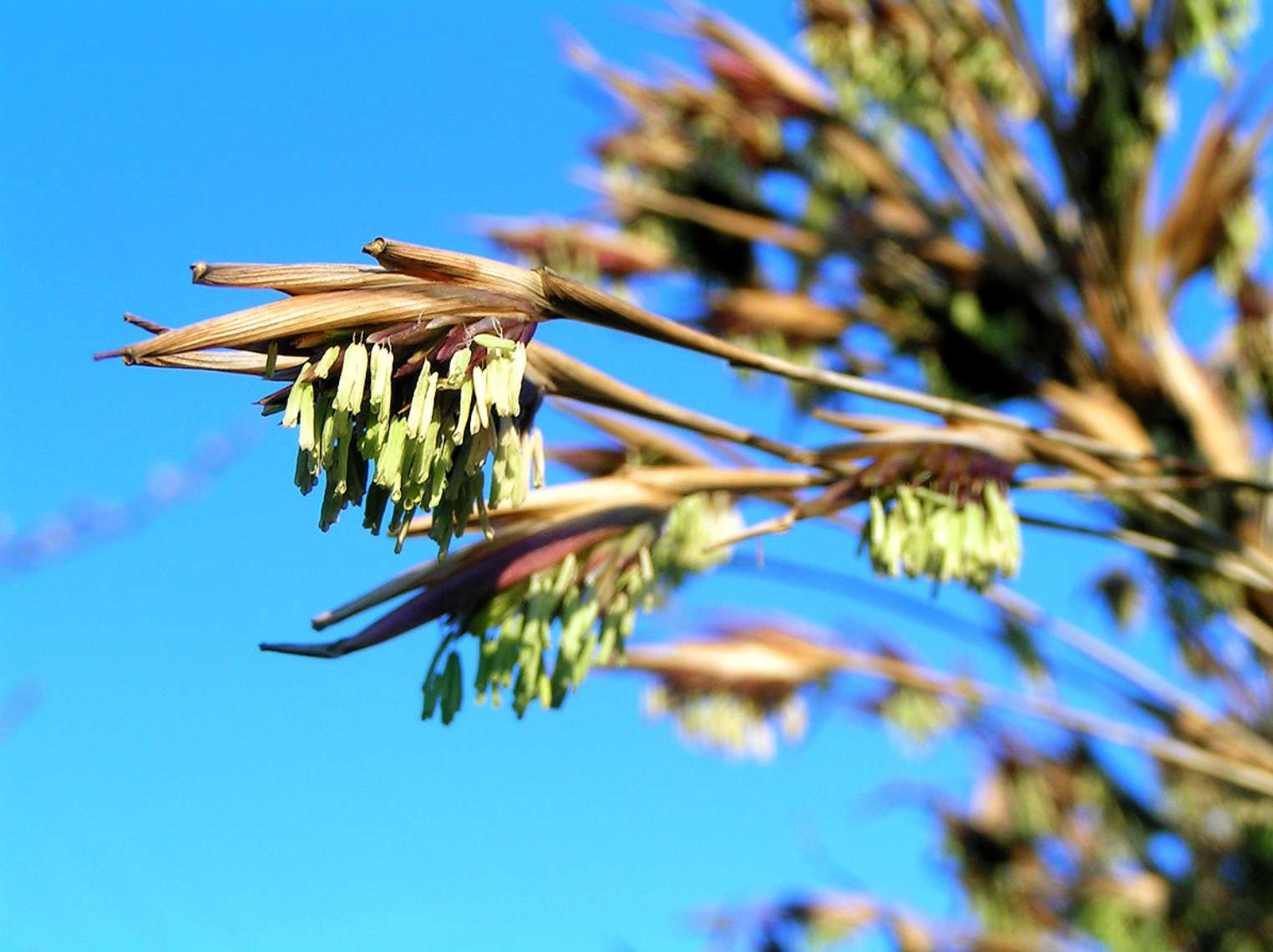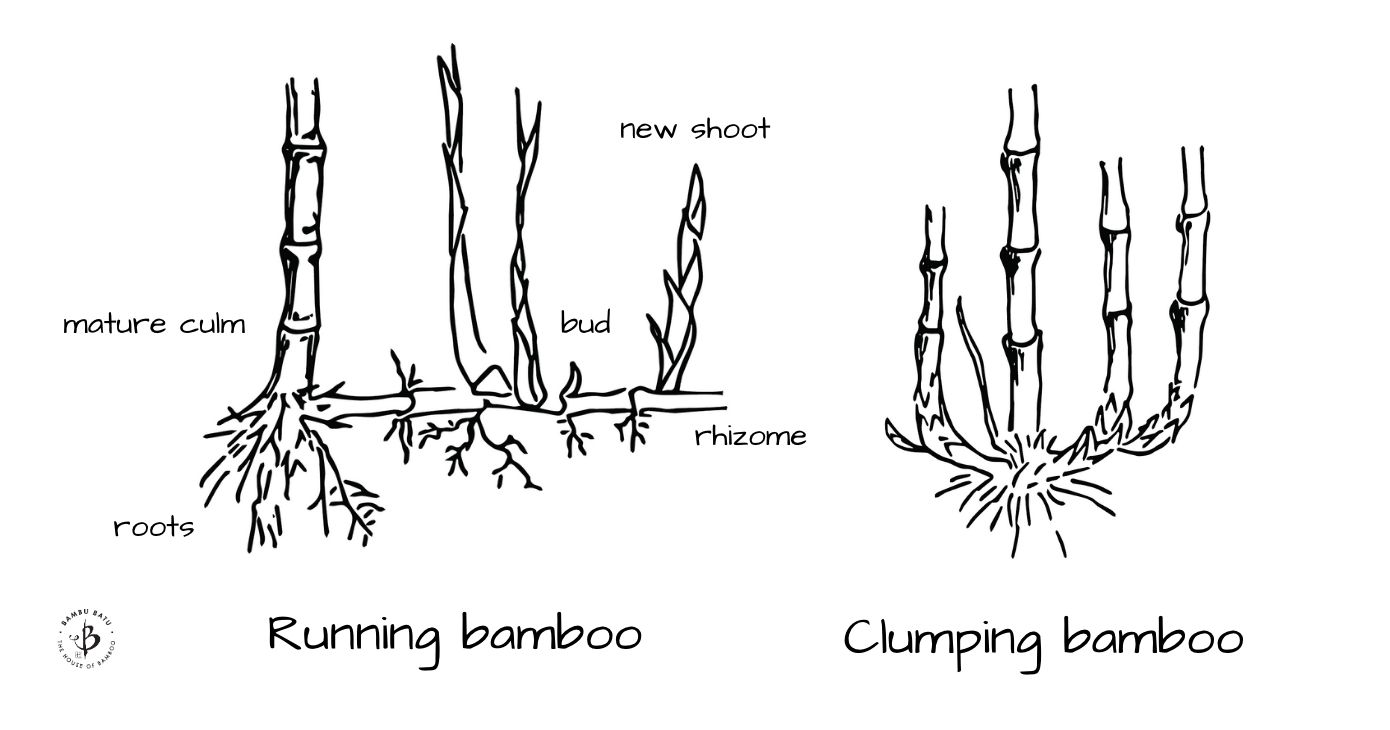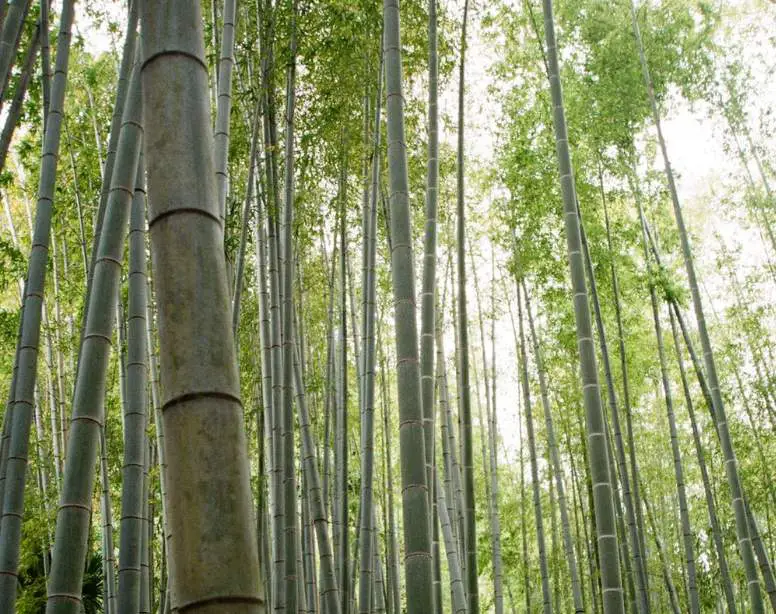Bamboo is rather famous for how fast and tall it grows, how aggressively it spreads, and for its tremendous sustainability. But some of bamboo’s characteristics remain something of a mystery. Many readers and customers want to know, for example, how long does bamboo live?
Bamboo is a perennial grass, meaning that it lives on year after year, rather than dying off at the end of a year, the way annual grasses like wheat and corn do. Most varieties of bamboo live for a few decades, and some for even a century or more. All, or virtually all, bamboo species are monocarpic, which means that they flower once and then die. But this can take 50 or 60 or as much as 120 years, in the case of Phyllostachys bambusoides, for these bamboos to flower. Some bamboo varieties can flower multiple times and continue growing.
Bamboo is a relatively easy plant to keep alive. The greatest challenge, for most gardeners, is keeping it contained. If bamboo is anything, it is vigorous. It grows fast, it spreads wide, and it lives long. If you want a plant that will flourish in your garden, full of life and bursting with greenery, you can hardly do better than bamboo. Conversely, if you’re waiting for your neighbor’s bamboo to grow old and die, don’t hold your breath.
Individual culms will age and die after 5 or 10 years, but the plant itself will live as long as anything in your garden. (Unless you’re growing Giant Sequoias.) As the bamboo grows and spreads, the newer culms will crowd out the older ones. It’s a good idea, for the health and appearance of the plant, to go in and cut out some of the older canes once in a while.
Flowering and the bamboo life cycle
With most bamboos, the most important factor to determine its life span will be its flowering cycle. And the flowering of bamboo is surely one of its most mysterious qualities. And it varies dramatically from species to species.
When we think of bamboo, we picture its long, elegant poles, sometimes deep green, sometimes buttery yellow, and maybe even striped. And we imagine that dense foliage of delicate green leaves. The canes knock in the breeze, and the leaves rustle peacefully.
But the bamboo flowers probably never cross our minds. In most cases, the flowers are pretty inconspicuous, more closely resembling a shaft of rye than something you would include in a spring bouquet. Not so interesting to us, but they are critical in the life cycle of the plant.
For the vast majority of bamboo species, flowering marks the final act of life. They are monocarpic, meaning they flower only once. Like an annual plant, most grains and vegetables, for example, the bamboo flowers, goes to seed, and dies. But these bamboos are not annuals. They can live for several decades or more, before they flower and go to seed.

Phyllostachys bambusoides, also called Japanese timber bamboo, with a 120 year flowering interval, seems to be the longest living bamboo species of all. Botanists and bamboo specialists in Asia and around the world continue to study the strange phenomenon of bamboo flowering, but much of it remains unclear.
One of the most fascinating behaviors is gregarious flowering. This means that all members of a given species, anywhere in the world, will flower at around the same time. This actually poses a risk to the entire species. That is, if they don’t successfully reseed at this time, due to a drought or some other natural calamity, the whole species could be lost forever.
Other species, like the beloved Bambusa oldhamii, hardly ever flower. And despite persistent research, no one really knows how frequently or why oldhamii flowers. It does not appear to happen on a regular interval, and many hypothesize that flowering could be stress-induced in this species.
Bamboos in the genus Fargesia seem to have a very regular and predictable flowering period, with a lifespan ranging from 40-60 years, depending on the species. They also flower gregariously.
Limited observations of the genus Sasa suggest that some of these small but vigorous plants may actually be polycarpic, meaning they can flower more than once, before dying. This would be highly unusual for a bamboo, but not impossible, as the flowering behavior of bamboo remains only partially understood.
When the bamboo dies
When the bamboo flowers and goes to seed, it could be a crisis, but also an opportunity. As mentioned above, if every member of the species goes to seed at the same time, it’s vitally important that some of those seeds replant successfully.
In Mizoram, northeast India, they face an even more pressing crisis. Every 50 years the Melocanna baccifera (a local species of bamboo) flowers and goes to seed, precipitating an unlikely series of events. When this happened back in 1959, the unexpected bumper crop of bamboo seed produced a bounty for the local rodent population. The sudden increase in food supply allowed the number of rats to skyrocket. But when the bamboo grain inevitably ran out, the hungry rats began to raid the fields and warehouses of human food stocks. The result was a widespread famine in this part of India.
Under more favorable circumstances, the bamboo gardeners who find their plants flowering should definitely document the event. Instagram it! This is not something that happens often. More importantly, they should try to gather the seeds, once they are fully ripened, dry and ready to harvest.
It’s even possible to get cross pollination in a small bamboo garden, resulting in a new cultivar of bamboo. How cool would that be? So always be sure to save those seeds if and when your bamboo flowers.
Life span of bamboo culms
The longevity of individual bamboo poles, or culms, is actually something quite a bit different from the life expectancy of the whole plant. With most types of bamboo, the culms will live for about 5 to 10 years before they lose their virility and begin to dry out. At this point, they stop putting out fresh leaves and also lose some of their color.
Dead poles should be cut back as close to the ground as possible. As they dry, they can become susceptible to cracking. For general appearance and for the health of the plant, it’s a good idea to go in with a hand saw and clear out this dead wood once in a while.
It’s also important to remove older culms for carbon sequestration purposes. As the old cane die and begin to rot, they will release carbon and methane. For this reason, only a well-managed bamboo grove will provide an effective carbon sink. Left to its natural cycle, the bamboo will capture bamboo and then release it. By harvesting mature poles before they pass their prime, carbon gets locked into the woody biomass and stored in the underground rhizomes.
Chusquea culeou probably has the longest living culms of any bamboo. Their life expectancy is estimated at more than 30 years. Another long-lived bamboo, Phyllostachys bambusoides canes can live for about 20 years.
Bamboo for long life
Bamboo has a variety of mythic and magical associations with longevity. Numerous legends from the Far East depict bamboo as the first form of life. The first man and woman, according to these myths, sprouted from the empty cavity inside the bamboo pole. The plant’s importance and notoriety in legends and folklore speaks to its great strength and endurance.
As observed by farmers and builders over the centuries, you can harvest the poles of a bamboo plant continually, and the plant lives on. You can also trust that a structure made from bamboo will far outlast any other primitive structure. The durability of bamboo persists from forest and well into the construction phase.
And should you ever try to contain or remove a bamboo plant, you will find it to be a tenacious adversary. For the real engine of the bamboo’s livelihood is in its roots.
The robust rhizomes of bamboo
If you ever try to cut a bamboo plant’s life short, you’ll quickly find that it’s not so easy. Saw off every majestic pole to build yourself a fence or a shack, and those roots will only grow more determined. Try to dig out those rhizomes with a shovel, and you’ll find yourself pitted in the oldest battle of them all: man vs nature.
This is a plant that plainly wants to live. And those underground rhizomes demonstrate that will to live in a most spectacular fashion.
Of the roughly 1,500 varieties of bamboo known to botanists, we like to divide them into two general categories. Based on the character of their rhizome systems, we classify them as runners and clumpers. Running bamboo sends out long, thin rhizomes, running horizontally away from the center of the plant. You can tear down the culms and dig out all the rhizomes you can find, but if you miss a few pieces, they will likely grow back.

Clumping bamboos, on the other hand, have thicker, u-shaped rhizomes. Rather than sending long roots away from the core, these rhizomes generally tend to curve upward to send up new shoots. In this way they are easier to contain, and should it become necessary, much easier to remove. Of course, anytime you’re dealing with a timber bamboo, removal will be no trivial task.
Further reading
To learn more about the incredible properties of bamboo, check out some of these other interesting articles.

























